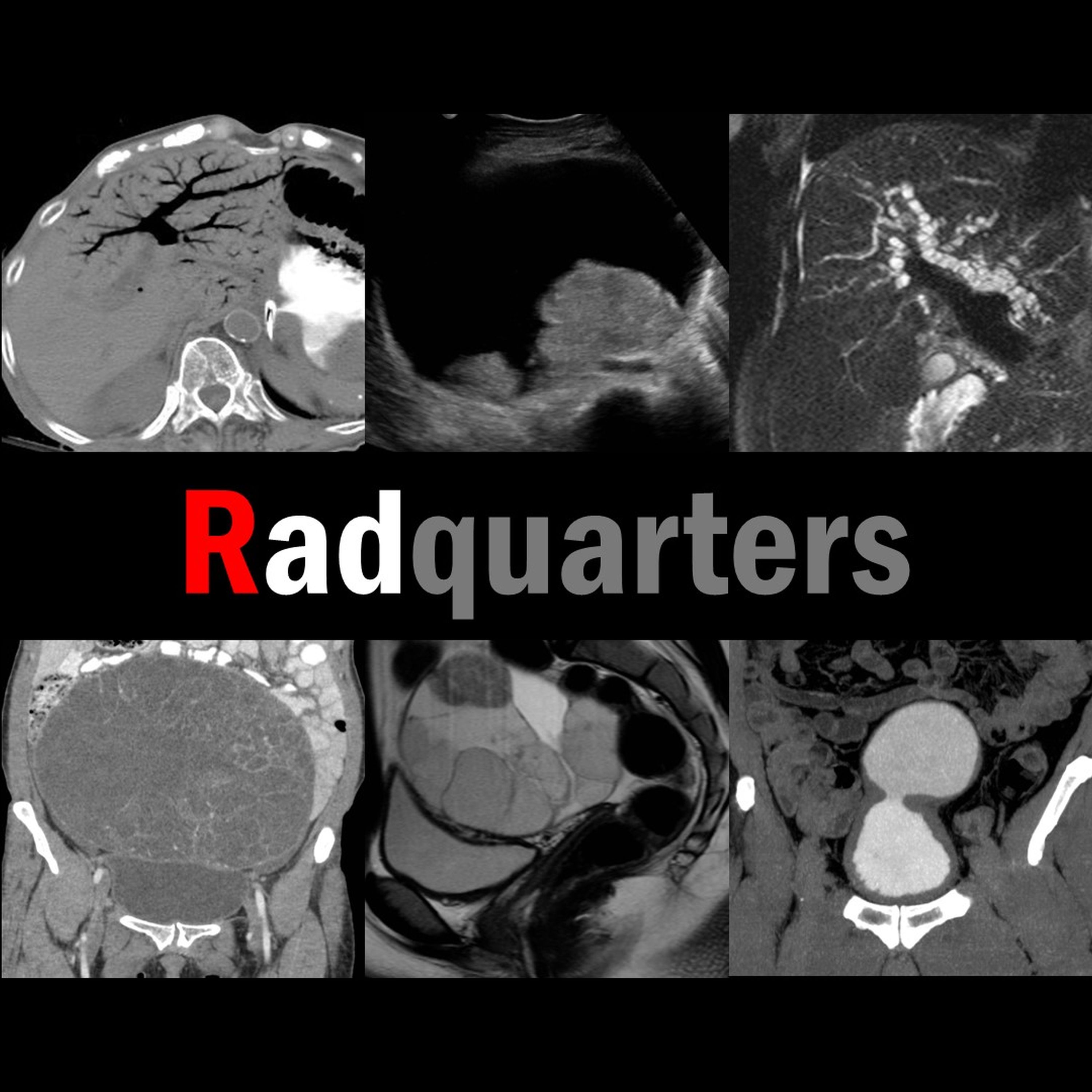Ultrasound of Carpal Tunnel Syndrome
Description
In this radiology lecture, we review the ultrasound appearance of carpal tunnel syndrome!
Key teaching points include:
* Most common upper extremity entrapment neuropathy. Results from median nerve compression
* With carpal tunnel syndrome, see hypoechoic enlargement of the median nerve as enters carpal tunnel with flattening of nerve = Notch sign, also volar bowing of flexor retinaculum
* Median nerve area: Less than 8 mm2 = Normal; 8-12 mm2 = Borderline; greater than 12 mm2 = Abnormal
* Most accurate to compare nerve area at proximal pronator quadratus muscle and carpal tunnel: Increase of 2 mm2 or more from proximal to distal = 99% sensitive and 100% specific for carpal tunnel syndrome. Measure inside the echogenic epineurium
* Bifid median nerve: Normal variant in 15% of population, one trunk may take aberrant course through flexor digitorum superficialis musculature, and often associated with persistent median artery between the two trunks
* Important to recognize persistent median artery pre-operatively because could be damaged during surgery
* For diagnosis of carpal tunnel syndrome with bifid median nerve: Combined increase of 4 mm2 or more
* After carpal tunnel release surgery, median nerve may return to normal diameter or remain enlarged regardless of clinical outcome. Retinaculum may appear thickened or disrupted
* Carpal tunnel syndrome can be caused by extrinsic compression by a mass, ganglion cyst, or tenosynovitis
Reference: Klauser AS, Halpern EJ, De Zordo T, et al. Carpal tunnel syndrome assessment with US: value of additional cross-sectional area measurements of the median nerve in patients versus healthy volunteers. Radiology. 2009;250(1):171-177.
To learn more about the Samsung RS85 Prestige ultrasound system, please visit: https://www.bostonimaging.com/rs85-prestige-ultrasound-system-4
Click the YouTube Community tab or follow on social media for bonus teaching material posted throughout the week!
Spotify: https://spoti.fi/462r0F2
Instagram: https://www.instagram.com/Radquarters/
Facebook: https://www.facebook.com/Radquarters/
Twitter: https://twitter.com/Radquarters
Reddit: https://www.reddit.com/user/radiologistHQ/
More Episodes
In this radiology lecture, we review the ultrasound appearance of parathyroid adenoma!
Key teaching points include:
* Benign tumor of the parathyroid glands
* Most common cause of primary hyperparathyroidism: Elevated serum calcium and parathyroid hormone (PTH) levels
* Ultrasound: Solid,...
Published 04/04/24
Published 04/04/24
In this radiology lecture, we review the ultrasound appearance of parotitis in the pediatric population!
Key teaching points include:
* Parotitis = Inflammation of the parotid glands
* Acute parotitis is usually infectious, most commonly viral
* Mumps is most common viral cause in children,...
Published 03/07/24


